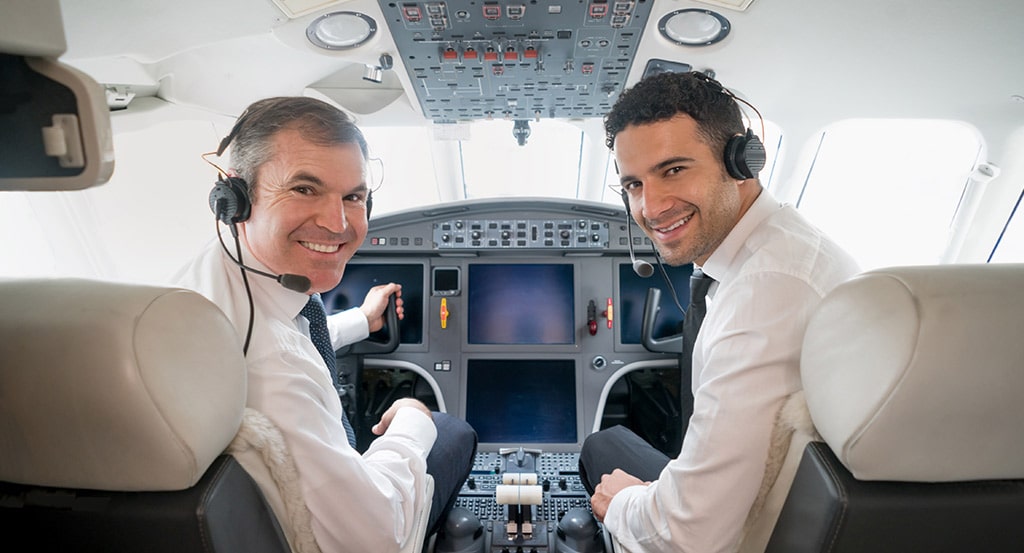Flying an aircraft is not just about taking off, cruising, and landing. It’s an intricate dance of skill, precision, and knowledge that requires continuous learning and practice.
As pilots advance in their careers, mastering the cockpit becomes more than just knowing the basics; it’s about refining techniques, honing instincts, and pushing the boundaries of what’s possible in the air.
In this guide of Alaska aviation company, we’ll delve into the realm of advanced flight training from techniques, offering insights and strategies to help pilots elevate their skills
Understanding Aircraft Systems
To truly master the cockpit, pilots must have a deep understanding of the aircraft they fly. This goes beyond knowing the basic controls and instruments; it involves understanding the intricacies of the aircraft’s systems, including its engines, avionics, and flight controls.
Advanced flight training should focus on teaching pilots how to diagnose and troubleshoot potential issues, as well as how to optimize performance under various conditions. You can get all the expert knowledge and flight training from Best Alaska flight school known as Blue River Aviation.
Enhancing Situational Awareness
Situational awareness is crucial for safe and efficient flying, especially in complex airspace or adverse weather conditions. Advanced flight training techniques should include exercises and simulations aimed at improving pilots’ situational awareness, such as practicing effective scanning techniques, interpreting weather data, and anticipating air traffic patterns.
By sharpening their awareness skills, pilots can better anticipate potential hazards and make informed decisions in real-time.
Mastering Instrument Flying
Instrument flying is a fundamental skill for any pilot, but mastering it requires practice and precision. Advanced flight training should include intensive instrument flying exercises, such as partial panel flying and unusual attitude recovery, to ensure pilots can maintain control of the aircraft solely by reference to instruments.
Additionally, pilots should be trained in advanced navigation techniques, including GPS and RNAV procedures, to navigate efficiently in both VFR and IFR conditions.
Advanced Maneuvering Techniques
Beyond basic maneuvers like turns and climbs, advanced flight training should introduce pilots to a range of challenging maneuvers designed to push their skills to the limit. This may include advanced aerobatics, such as spins and rolls, as well as precision flying techniques like formation flying and spot landings.
By mastering these maneuvers, pilots can improve their handling skills and build confidence in their ability to safely maneuver the aircraft in any situation.
Decision-Making Under Pressure
Flying can be unpredictable, and pilots must be prepared to make split-second decisions in high-pressure situations. Advanced flight training should include scenarios and simulations that challenge pilots to make critical decisions under stress, such as engine failures, weather emergencies, or ATC instructions.
By practicing decision-making skills in a simulated environment, pilots can develop the confidence and resilience needed to handle real-world emergencies with calm and composure.
Continuous Learning and Improvement
Mastering the cockpit is an ongoing journey that requires dedication to continuous learning and improvement. Pilots should seek out opportunities for advanced training, whether through formal courses, simulator sessions, or mentorship programs.
Additionally, staying current with industry developments and best practices is essential for maintaining proficiency and staying ahead of the curve in an ever-evolving aviation landscape.
Conclusion
Mastering the cockpit is a lifelong pursuit that demands dedication, discipline, and a passion for excellence. By embracing advanced flight training techniques and committing to continuous learning, pilots can elevate their skills to new heights and unlock the full potential of their flying careers.
Whether you’re a seasoned aviator or a student pilot just beginning your journey, remember that the sky is not the limit – it’s just the beginning of what you can achieve in the cockpit. So spread your wings, embrace the challenge, and soar to new horizons as you master the art of flying.

